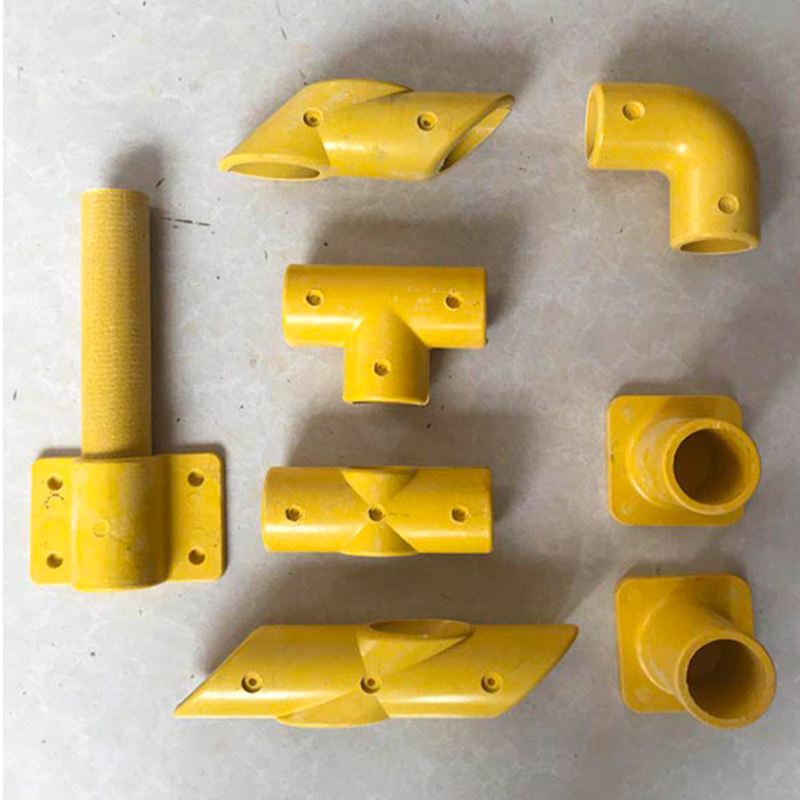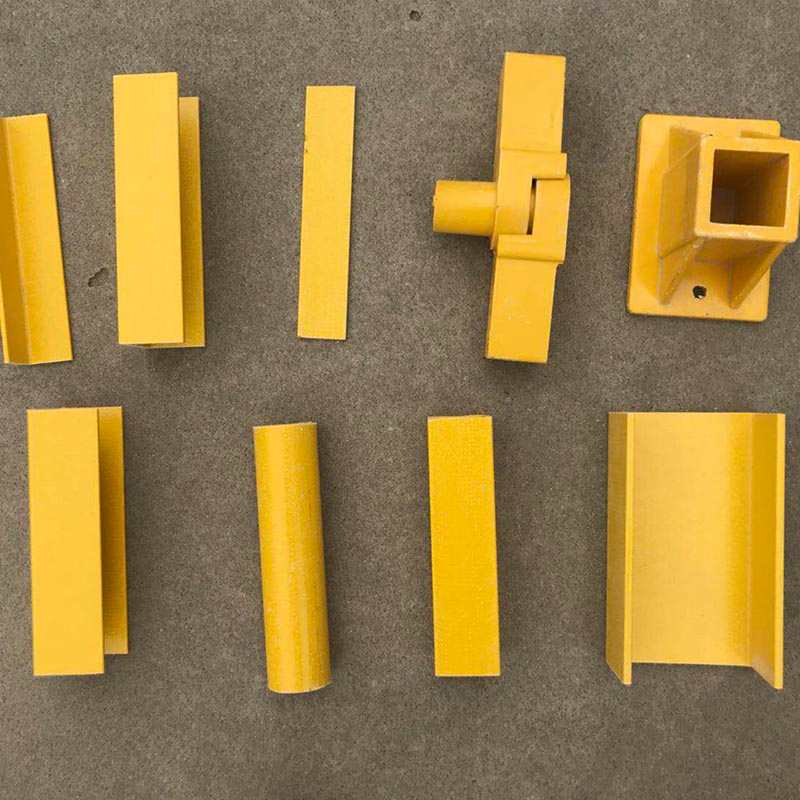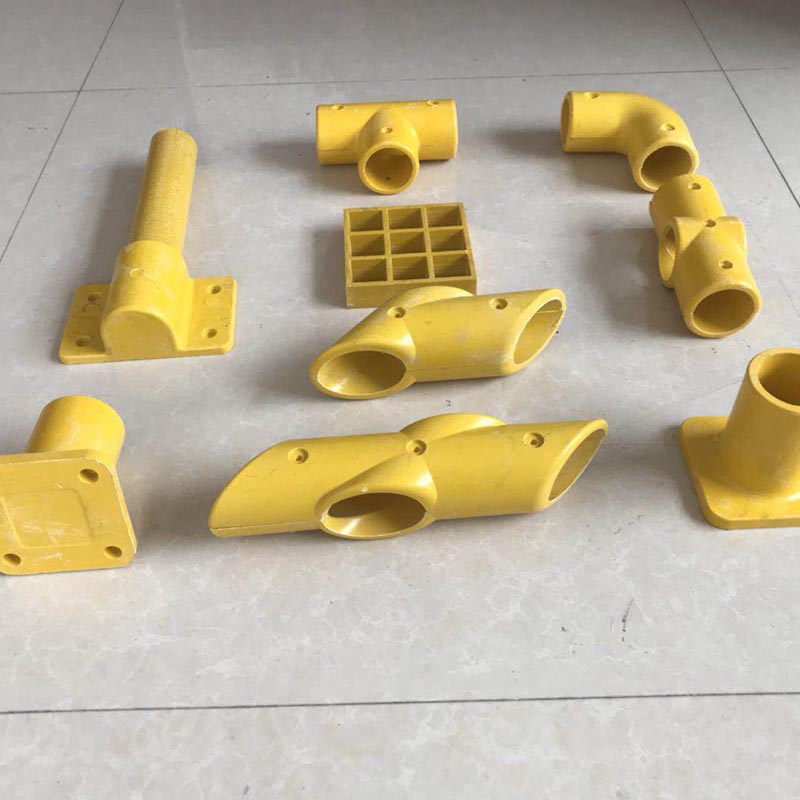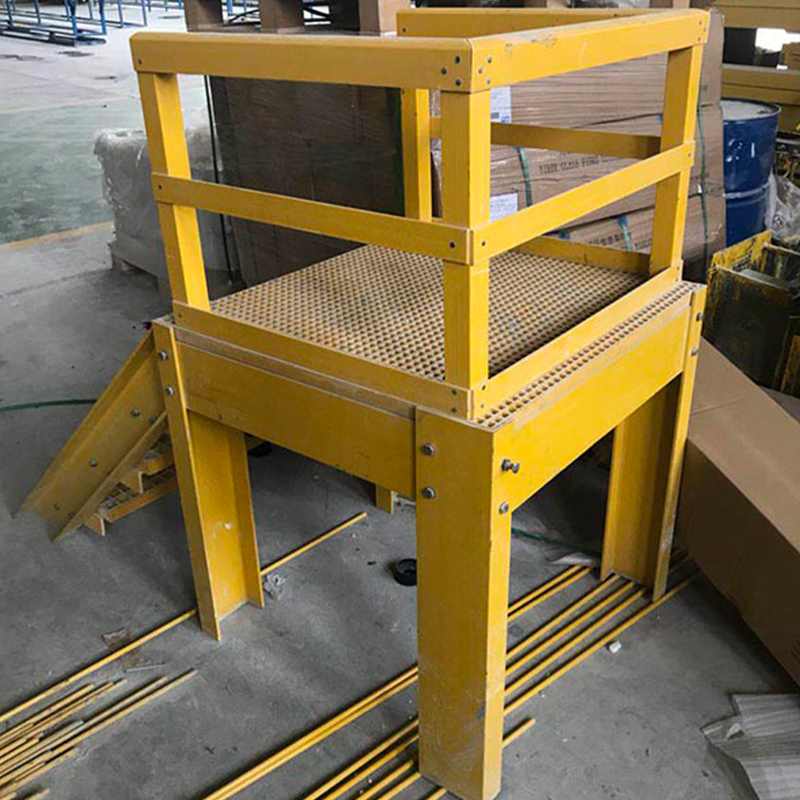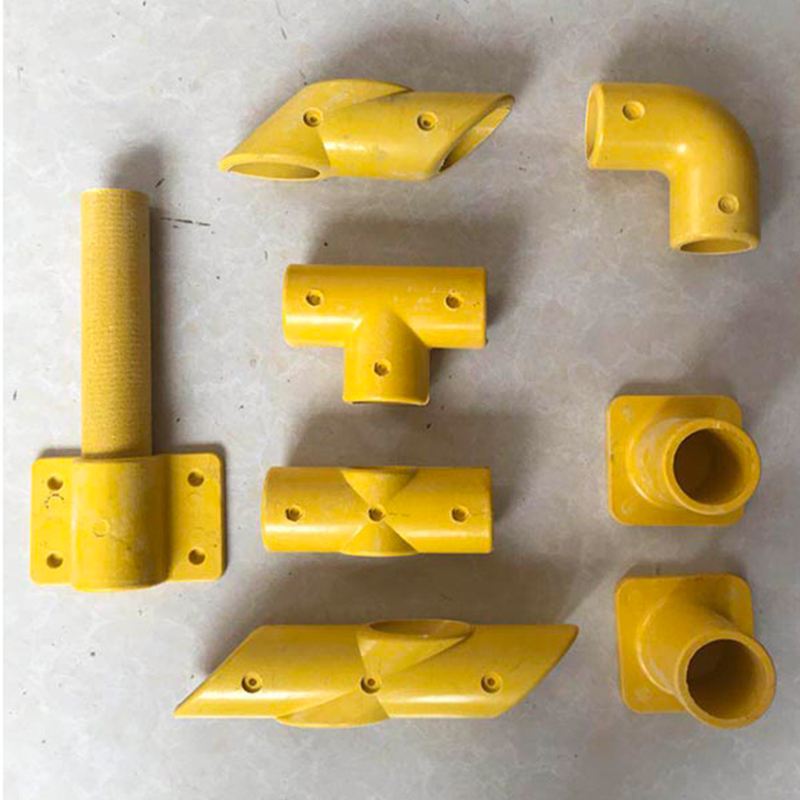Characteristics of FRP pultruded profile:
1. Good dimensional stability
The thermosetting resin matrix undergoes cross-linking during the processing process to form a network-like structure. The product has good dimensional stability under normal conditions, and the post-shrinkage after molding is also small. The shape and size of the product undergo minimal changes under long-term continuous loading, resulting in minimal creep. Its creep performance depends on factors such as the size of the load, temperature, and loading time. Under fixed load and temperature conditions, the creep of thermosetting plastics after long-term loading is much smaller than that of thermoplastic plastics.
2. Superior heat and high-temperature resistance characteristics
After curing, thermosetting resin-based composite materials can no longer soften, and their products have relatively stable heat resistance. When measured under a load of 1.86MPa, their thermal deformation temperature is generally within 150~260 ℃. Fiber-reinforced thermosetting plastics are excellent insulation materials, with thermal conductivity generally ranging from 0.35 to 0.47W/(m. K), only 1/100 to 1/1000 of metals. They can be used as good insulation materials and instant high-temperature resistant materials, with a thermal deformation temperature of up to 350 ℃, It can be used as a structural material at room and high temperatures. Glass fiber/phenolic is an excellent insulation material for rocket and missile engines.
3. Excellent electrical performance
Composite materials are excellent electrical insulation materials. Products made with mica as filler have better electrical properties and can be used to manufacture special components with superior arc resistance, voltage resistance, and induction resistance. Due to the excellent electrical properties of composite materials, their products are free from electrochemical corrosion and stray current corrosion and can be widely used in the manufacturing of insulation components in instruments, motors, and electrical appliances to improve the reliability of electrical equipment and extend its service life. In addition, the products have good dielectric properties and microwave transmittance under high-frequency conditions and have been used to manufacture various high-frequency insulation products such as radar hoods.
4. Excellent corrosion resistance
The electrochemical corrosion mechanism of resin-based composite materials is different from that of ordinary steel. It is non-conductive and does not dissolve ions in dielectric solutions. Therefore, it has good chemical stability against atmospheric, water, and general concentrations of acids, bases, salts, and other media, especially in non-oxidizing strong acids and a wide range of pH values. Therefore, it is widely used to manufacture corrosion-resistant products for corrosion of certain media (such as hydrochloric acid, chlorine, carbon dioxide, dilute sulfuric acid, Sodium hypochlorite, sulfur dioxide, etc.) that stainless steel cannot cope with, and has played a good role.

